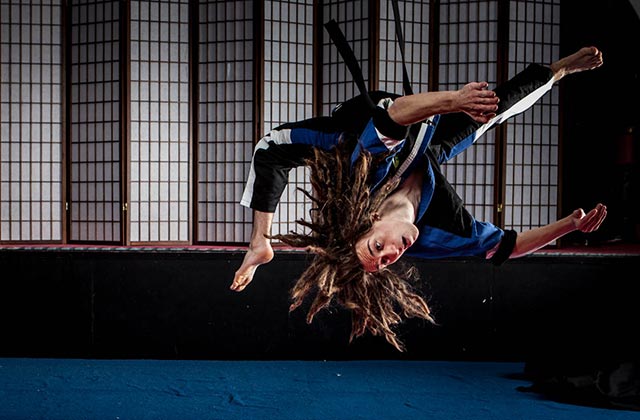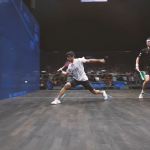Competitive tricking is a dynamic, aesthetic movement discipline that blends martial arts, gymnastics, and breakdancing to create visually spectacular combinations of kicks, flips, twists, and dance-inspired moves. Unlike traditional martial arts, tricking is not combat-focused but emphasizes creativity, athleticism, and self-expression through “tricks” like the 540 kick, corkscrew, butterfly twist, or double leg. It lacks formal rules or a global governing body, with competitions judged subjectively on style, difficulty, flow, and execution. Tricking emerged in the late 1990s and early 2000s as an internet phenomenon, fueled by online communities and platforms like YouTube, evolving from Xtreme Martial Arts (XMA) and taekwondo’s flashy techniques post-1960s.
Trickers perform on flat surfaces (e.g., gym mats, grass, or sprung floors), wearing lightweight clothing and often barefoot or in minimal shoes. The sport demands strength, flexibility, coordination, and mental creativity, with sessions burning ~400–600 calories/hour. It appeals to diverse practitioners, from martial artists to gymnasts, and is showcased in films (e.g., Black Panther’s stunt double, Daniel Graham, a tricker) and dance performances.















